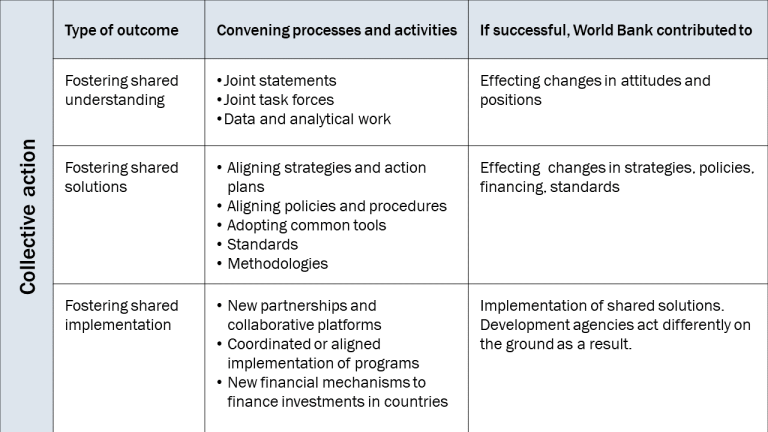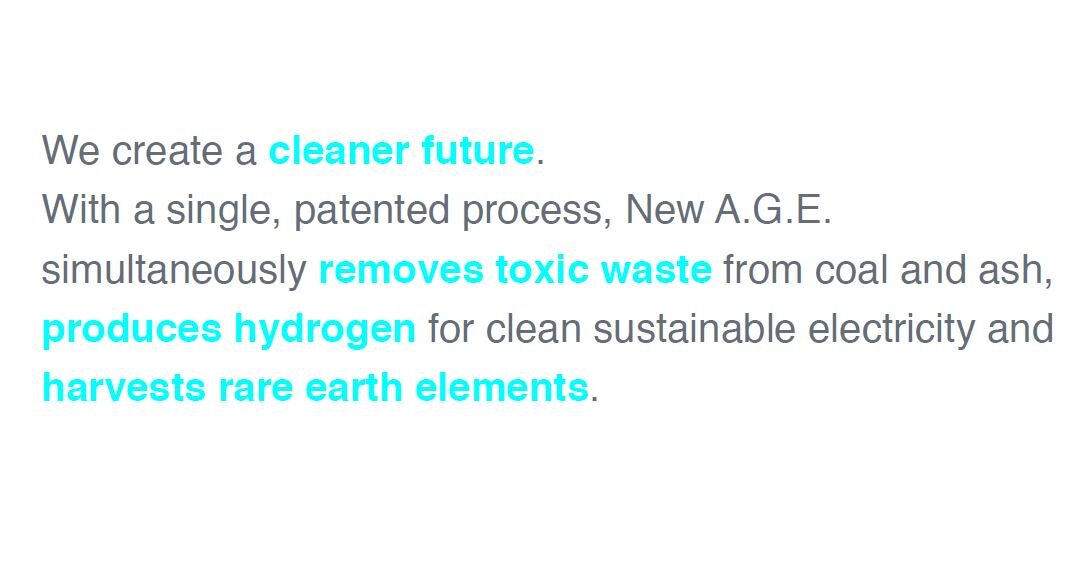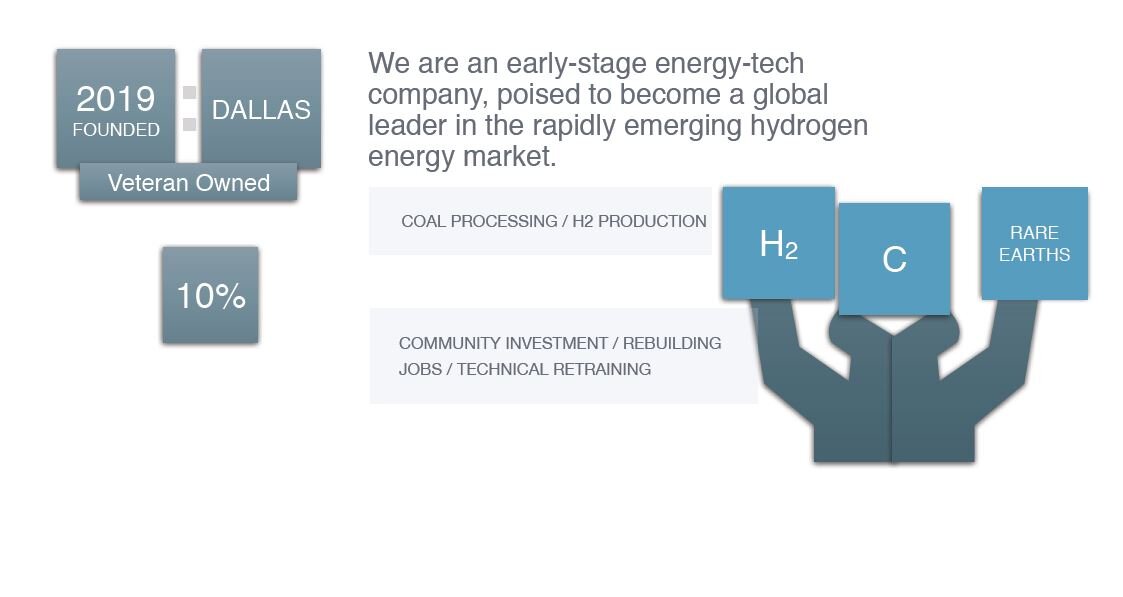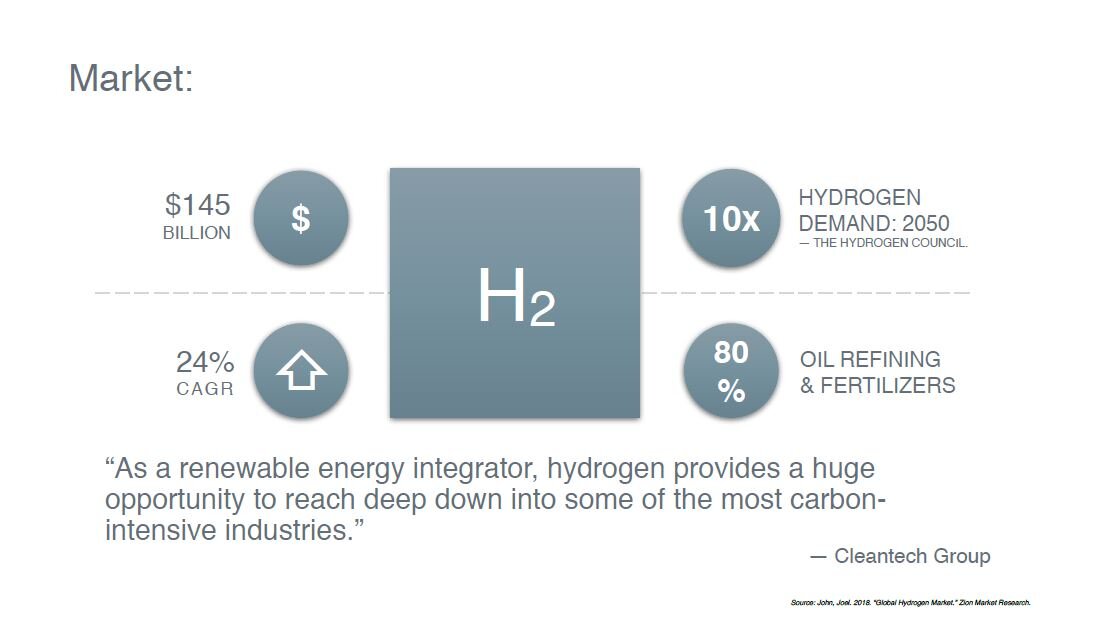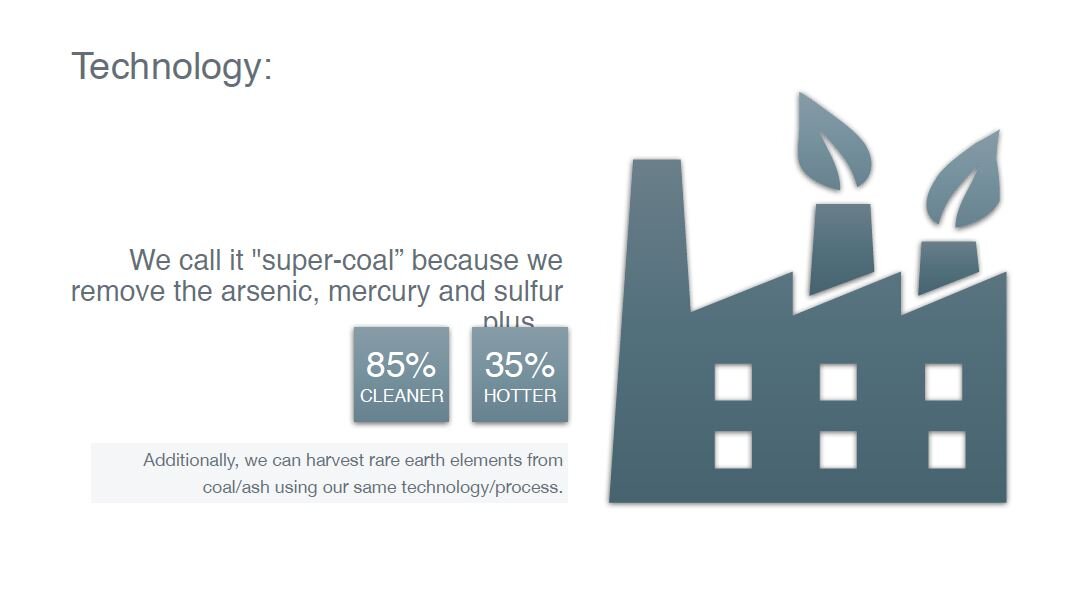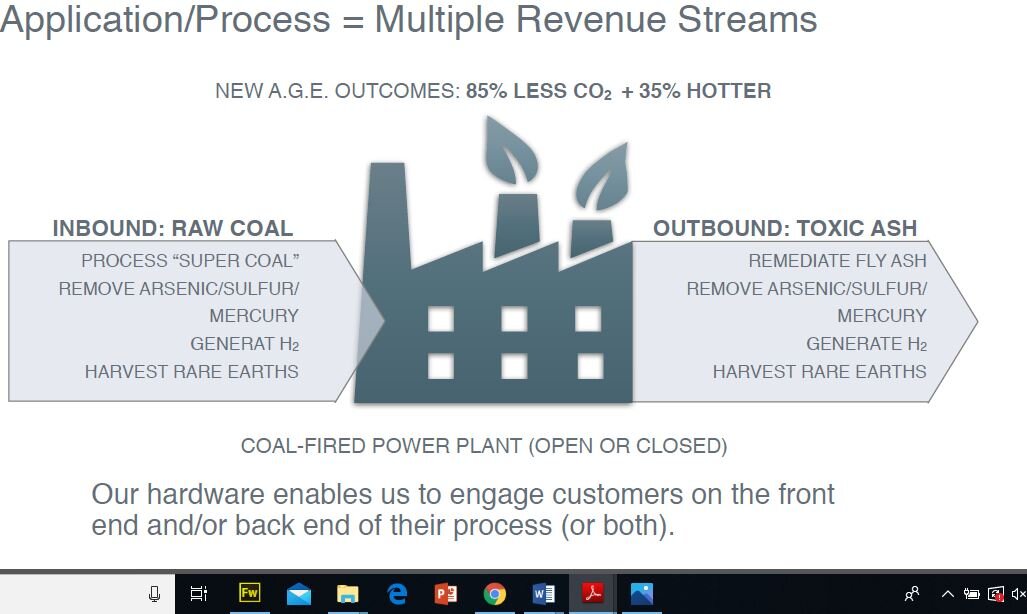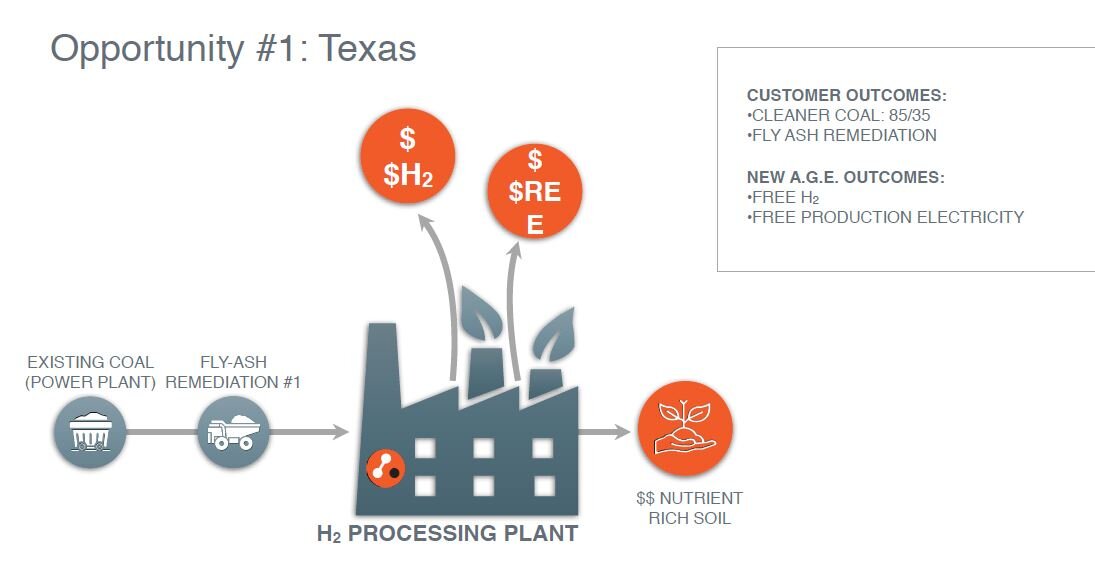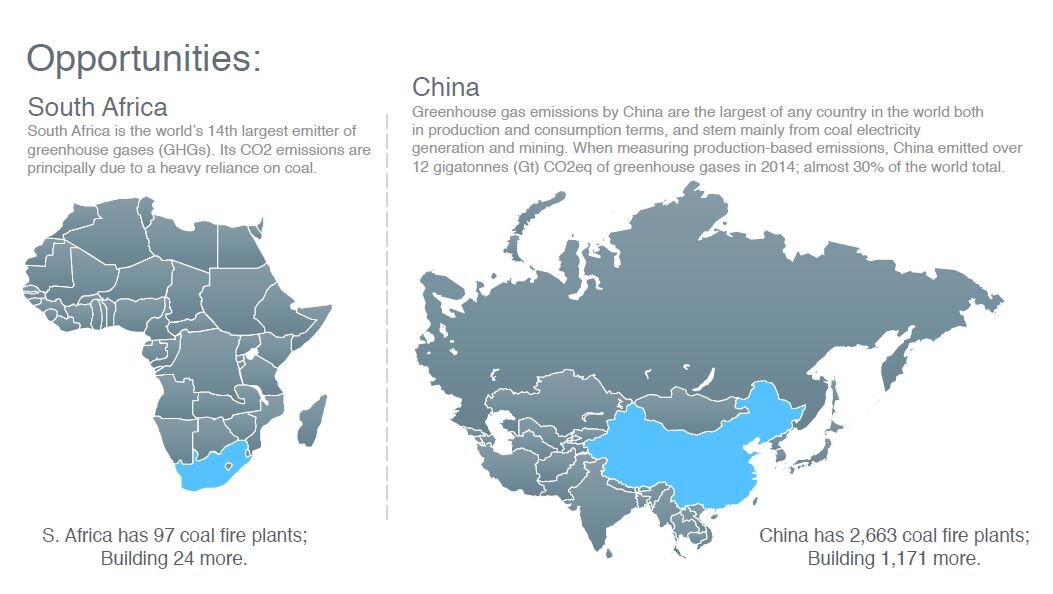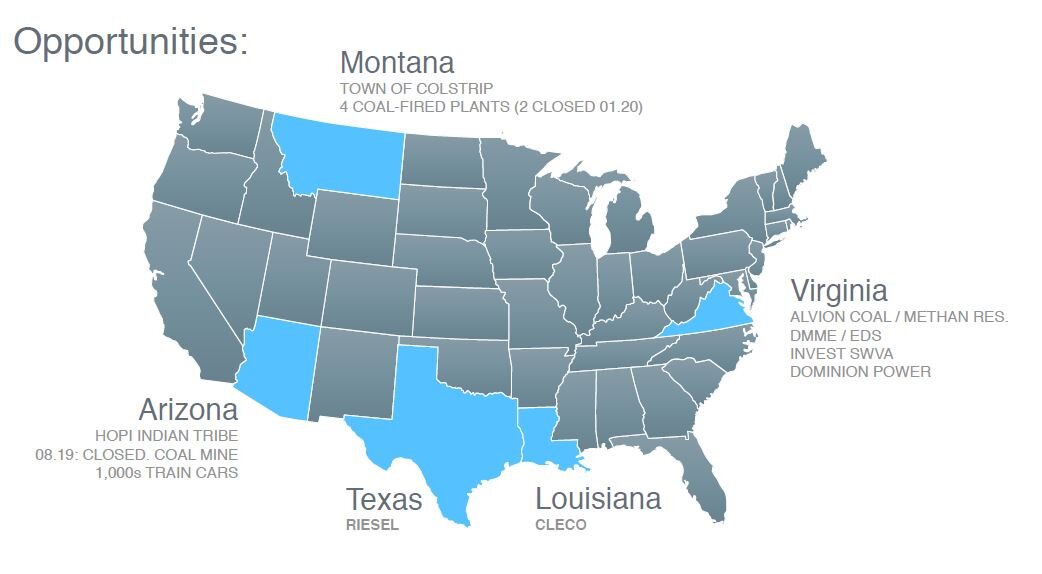Rasmus Heltberg and Anna Aghumian
COVID-19 has exposed and accelerated many trends of globalization. Development actors find themselves up against a host of risks and challenges that no organization can resolve on their own.
Addressing the health and economic fallout from the pandemic, vaccine development, climate change, financial contagion, infectious diseases, forest and biodiversity loss, overfishing, antimicrobial resistance, governance of artificial intelligence, and many other risks and challenges call for effective collaboration across national and organizational boundaries.
International development organizations need to collaborate and act collectively to develop effective solutions. Convening, when successful, achieves such collective action.
Convening is the art and science of fostering collective action. We define convening as “bringing together relevant actors to act collectively to address common challenges” (Figure 1).
Source: World Bank. 2020.
Development leadership requires strong convening capabilities. Because of mandate and capacities, some organizations are more obvious conveners on certain topics. These organizations stand to gain in reputation and stature as leaders of development. The G-20 Eminent Persons Group recognized the World Bank’s convening role when it suggested the World Bank play a coordinating and facilitating role among multilateral development banks on global public goods, and help make the multilateral development banks work more as a “system” with harmonized practices and procedures.
While many organizations can organize events and conferences, fewer can do so in a way that leads to change. To convene successfully requires advanced organizational capabilities and deliberate efforts.
Much convening fails. The world would be a better place if collective action were easy. International organizations routinely organize events to discuss important social, environmental, or public health problems. Too many events, however, have loosely defined goals and accomplish little besides meeting fatigue and wasted time and travel costs.
In a recent evaluation, we found that the World Bank often makes strong and relevant convening contributions. We reviewed many examples of effective World Bank convening efforts, including on malnutrition, river blindness, financial inclusion, open data, poverty measurement and development microdata, and standards for banks and private sector investors.
The World Bank has expanded its convening efforts as the development agenda grew larger and more demanding, and in response to high demand. High demand for the World Bank’s convening was a consistent theme across the hundreds of interviews we conducted with leaders from governments, the private sector, multilaterals, and civil society.
For example, all the nine Financial Intermediary Funds (FIFs) the World Bank has established since 2013 originated in multilateral fora such as G-7/G-8, G-20, the United Nations Framework Convention on Climate Change, the World Economic Forum, and the United Nations General Assembly. External partners typically ask the World Bank to host FIFs to benefit from its convening power and to use its systems and support services, thereby forgoing the alternative of creating new organizations from scratch. The World Bank influences FIFs during the design and setup stages—leading on building consensus among the founding partners, mobilizing financing, establishing the fund, and so on. Once FIFs are established, the governing bodies of the FIF-financed partnerships assume control. The World Bank is a voting member in only 6 of 24 FIF governing bodies, giving it little influence over the strategic direction of most FIFs.
Looking across successful and less successful initiatives, we found that the World Bank tends to be more effective when the initiative has potential to add significant value in addressing an important problem, crisis, or urgent need; there is strong demand for the World Bank’s engagement; issues align with core goals and mandates; it has adequate resources, established expertise and experience, and data and knowledge work that can inform and persuade; it engages with clear objectives; senior champions are engaged; it embeds the topic in select country programs; and it sustains efforts over time.
The World Bank is frequently strong in these factors but not always. Where it did not achieve success, this was often because it was spread too thin. This is not surprising: Staff and managerial resources are finite, and country programs can absorb only so many global priorities at a time.
New issues and new demands arise often, and there is a large pool of prior commitments. Some examples from recent years include new engagements and priorities on debt relief, debt transparency, the Sustainable Development Goals (SDGs), disruptive technology, Mobilizing Finance for Development, financial inclusion, disability, forced displacement, ocean plastics, female entrepreneurship, road safety, and gender-based violence. In fact, it is hard to identify any single area of development in which the World Bank does not participate.
The multiplication of agendas strains internal capacity. The World Bank satisfies requests to convene on hundreds of relevant and ambitious initiatives but does not always adequately resource these initiatives or follow up on major convening events with action. In our interviews, leaders from some partner organizations expressed frustration with what they perceive at the World Bank’s drifting priorities because new priorities sometimes supersede ongoing initiatives in which these external partners have already invested. Yet, paradoxically, strong demand from partners for the World Bank’s engagements—backed up by trust funds which finance 64 percent of all global engagement budgets—is often why the World Bank finds it hard to be selective.
Therefore, the World Bank has helped launch many new initiatives. But to achieve impact at a scale commensurate with the problem, the World Bank needs to focus. The World Bank could be a more powerful agent for global change by engaging in stronger and more ambitious convening efforts on fewer priority issues and sustaining its engagements long enough to see results. Sustained engagement over many years is usually a necessary though insufficient condition to generate transformative results. Long-lived flagship programs build staff expertise and external networks and reputation over time.
Some parts of the World Bank use explicit criteria to decide on the entry, role, types of contributions, funding, and exit of major global convening efforts. Criteria may include relevance to corporate priorities, links to the organization’s operational work, whether the proposed role leverages the organization’s comparative strengths, and whether the convening effort is likely to lead to a clear public good or global collective action.
COVID-19 could be a game changer. It is the single largest development disaster in our lifetime. Amid the disruption and crises brought on by the pandemic, business as usual is clearly not effective. People grasp that we need to focus our minds on finding solutions to the most pressing development challenges, and that only by joining forces can we hope to be successful.
For example, the World Bank’s convening through analytics, financing, and policy dialogues helped place climate change at the center of the international development agenda. This was made possible by a long-term focus on climate change backed up by consistent leadership, sustained prioritization, internal incentives, resources equal to the challenge, and dedicated operational work at the country level.
The world needs better convening, not more convening. It is not the number of events that count. Rather, what counts is effectiveness in fostering collective action to deliver the shared understanding, solutions, and implementation needed to address key social, economic, and environmental issues.
The World Bank can strengthen its convening effectiveness by more deliberately scoping the initiatives it engages in, as well as its role and contributions; creating monitoring and management systems to make convening initiatives more results-oriented; and ensuring more consistent links between its global work and its country programs.


